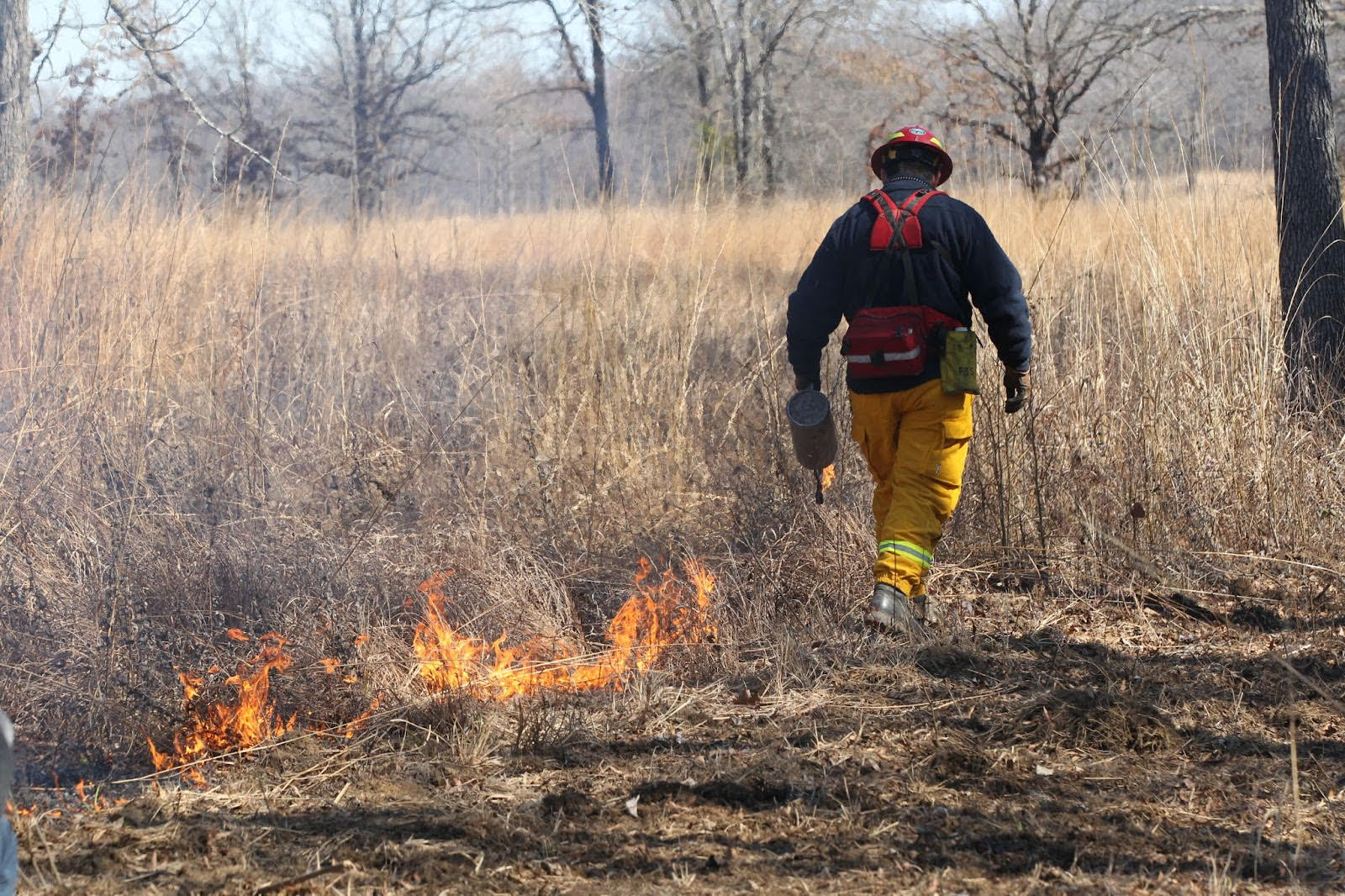Continued angler involvement helps shape management plan for DeGray Lake
ON 01-28-2020
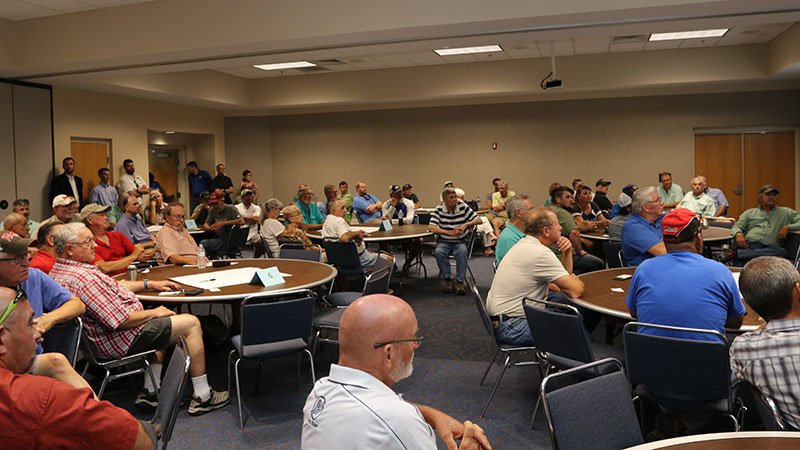
Jan. 28, 2020
Randy Zellers
Assistant Chief of Communications
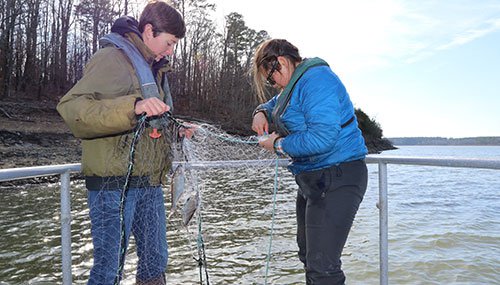
BISMARCK — Thanks to the input of Arkansas anglers who participated in public workshops last year as well as the results of a tremendous amount of data collection on the fish populations, the Arkansas Game and Fish Commission recently developed its 2019 Fishery Management Plan for DeGray Lake. The plan will help guide management decisions about the fishery in the lake during the next 5 years.
A major component of the management plan process was the inclusion of anglers in public workshops that were open to all who wished to attend. Workshops were held on June 20 and 27 in Arkadelphia to enable more anglers to have their voices heard when biologists were crafting the plan.
“We had a good turnout with many anglers voicing concerns of some key things that we are working on,” said Brett Hobbs, District Fisheries Supervisor in Hot Springs. “We were also able to communicate the current biological status of the lake, the most recent sampling results, recent stocking numbers and particular challenges unique to the fishery.”
Hobbs said the two most apparent desires from public comments were the reestablishment of aquatic vegetation in the lake and efforts to boost the numbers and size of largemouth bass in the fishery.
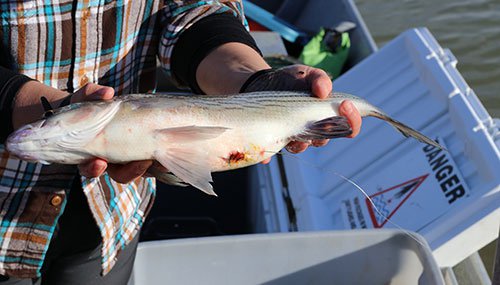
The re-establishment of aquatic vegetation has been a major focus of the AGFC for the last year. The past year’s work using a new technique, recommended by an aquatic habitat restoration specialist with the Corps of Engineers, is showing some promise. Native aquatic vegetation, primarily coontail, American pondweed and eelgrass, is being grown in nurseries and then being transported to floating cages at strategically placed locations in the lake. The University of Arkansas at Pine Bluff has played a key role in this effort by identifying locations where these floating cages have the greatest potential to have an impact.
“The hope is that seeds and fragments from the native aquatic plants will spread through wave action to create new beds of vegetation throughout the lake,” Hobbs said. “Researchers with UAPB’s Aquaculture and Fisheries Department have been able to find new beds of coontail during vegetation surveys conducted this winter. It’s still in the beginning stages of implementation, but we are seeing some promising results.”
The introduction of Florida largemouth bass to DeGray Lake to increase the chances for trophy-class fish also will continue, according to the final draft of the plan. Between 2006-2013, the AGFC conducted a pilot study to stock 100 Florida largemouth bass fingerlings per acre in the Brushy Creek arm of the lake for eight consecutive years. During later evaluations of bass genetics in this arm, biologists did see a substantial increase in the proportion of bass with Florida genetics. Additionally, growth analysis suggests bass in Brushy Creek are growing faster now than before Florida genetics were introduced. Genetic samples taken from trophy bass caught by anglers shows that all recently caught fish over 8 pounds contain at least some Florida bass genetics. Interestingly, no trophy bass genetically tested has come back as a pure Florida largemouth, which indicates all trophy bass were spawned naturally in DeGray Lake. Results from this study have spurred the continuation of Florida largemouth bass stockings into DeGray Lake during the next 5 years.
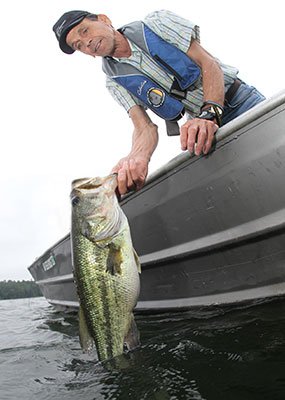
The AGFC also is partnering with UAPB on another study that was a particular hot topic for anglers, the hybrid striped bass fishery and any possible conflicts that may arise from hybrid striped bass using the same habitat type as black bass in the fishery.
“We are still in the field research portion of that study,” Hobbs said. “Once it is complete we will evaluate the results and be able to make a decision based on science. With black bass being the most targeted species on DeGray and hybrids being the number two target species for anglers, we don’t want to rush into any decisions that could negatively affect the anglers who pursue either species.”
Hobbs says two of the public requests that likely cannot be fulfilled at this time are the creation of a new weigh-in facility and fishing pier at DeGray Lake.
“Due to current financial obligations, we probably won’t be able to pursue these amenities at DeGray within the next 5 years,” Hobbs said. “But we are keeping these facilities as future considerations if the agency is able to direct funding toward them.”
Hobbs concluded, “we appreciate the members of the public that take the time to participate in these workshops and tell us about the issues they are seeing with the fish populations. We are able to take their concerns and issues and apply management strategies that we, as biologists, believe are the best methods to improve the fishery. And that is what everyone who reads it will find in this plan”
The final plan and other fisheries management plans for lakes throughout the state are available at www.agfc.com/scientific-reports-fisheries.
Recent News
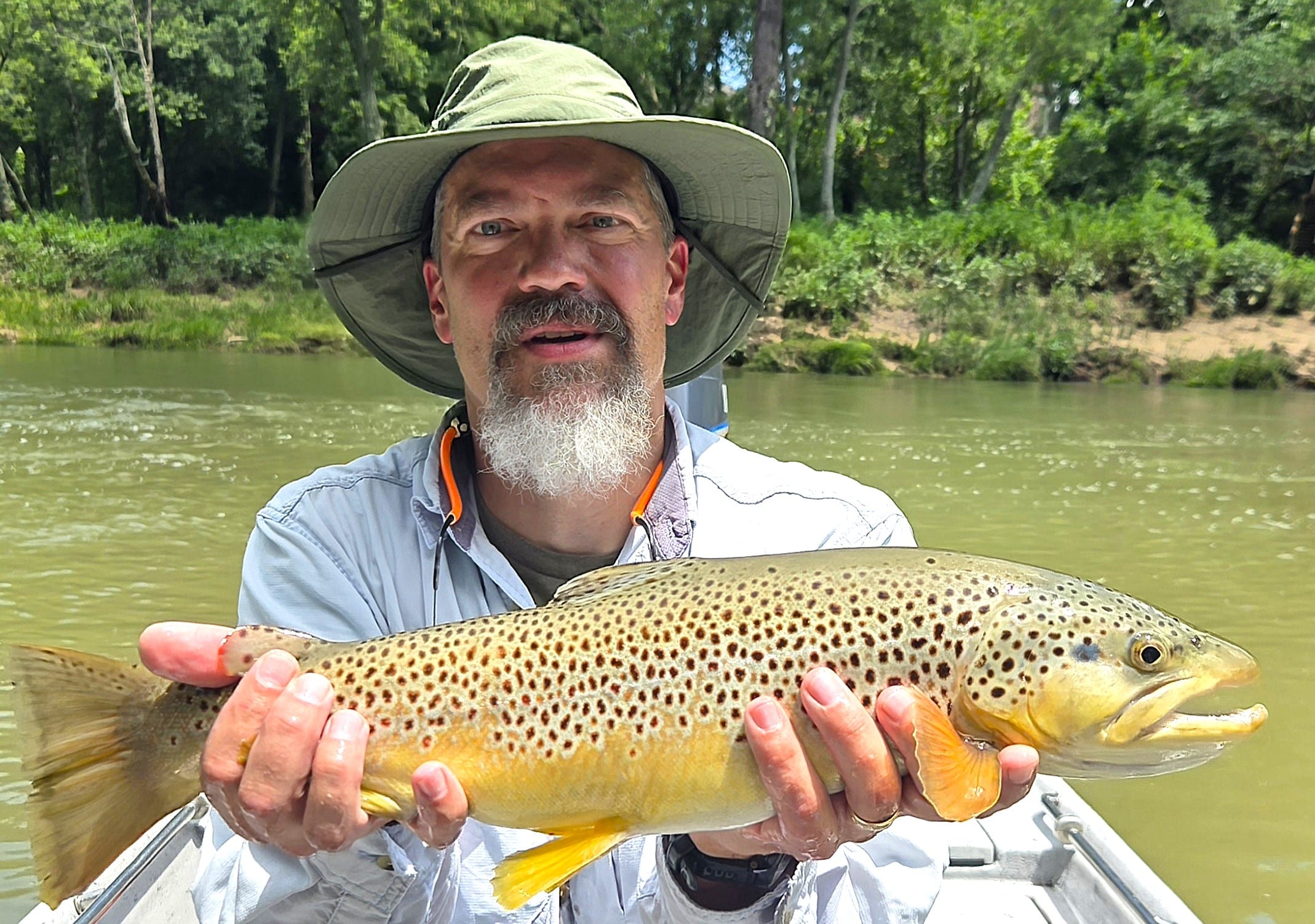
Arkansas Wildlife Weekly Fishing Report
Jul. 3, 2025
Subscribe to Our Weekly Newsletter E-mails
Don’t miss another issue. Sign up now to receive the AGFC Wildlife Weekly Newsletter in your mailbox every Wednesday afternoon (Waterfowl Reports are published weekly during waterfowl season and periodically outside the season). Fishing Reports arrive on Thursdays. Fill in the following fields and hit submit. Thanks, and welcome!

